PPT-Helping College Students Succeed: A Look at Disciplinary Literacy
Author : lois-ondreau | Published Date : 2018-10-29
Cynthia Shanahan Professor Emerita University of Illinois at Chicago chynduicedu Where the field has been Developmental Ed in the aggregate hasnt done so well
Presentation Embed Code
Download Presentation
Download Presentation The PPT/PDF document "Helping College Students Succeed: A Loo..." is the property of its rightful owner. Permission is granted to download and print the materials on this website for personal, non-commercial use only, and to display it on your personal computer provided you do not modify the materials and that you retain all copyright notices contained in the materials. By downloading content from our website, you accept the terms of this agreement.
Helping College Students Succeed: A Look at Disciplinary Literacy: Transcript
Download Rules Of Document
"Helping College Students Succeed: A Look at Disciplinary Literacy"The content belongs to its owner. You may download and print it for personal use, without modification, and keep all copyright notices. By downloading, you agree to these terms.
Related Documents

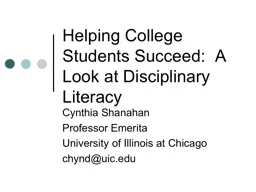
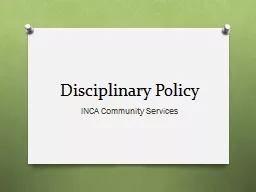
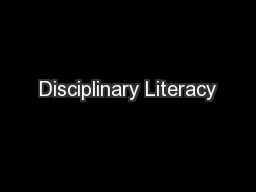
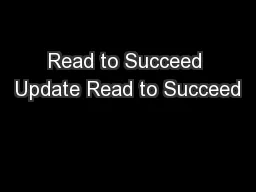
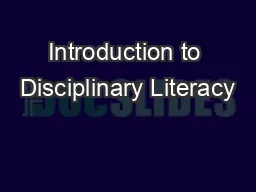
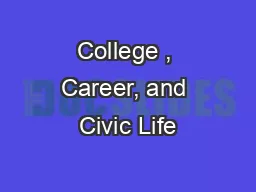

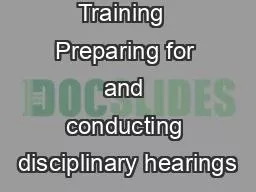
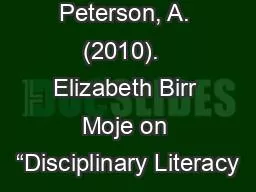
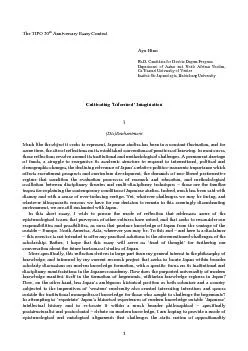
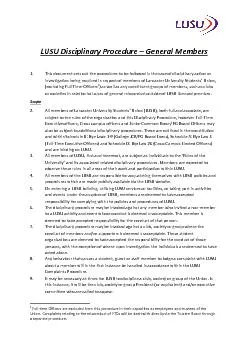
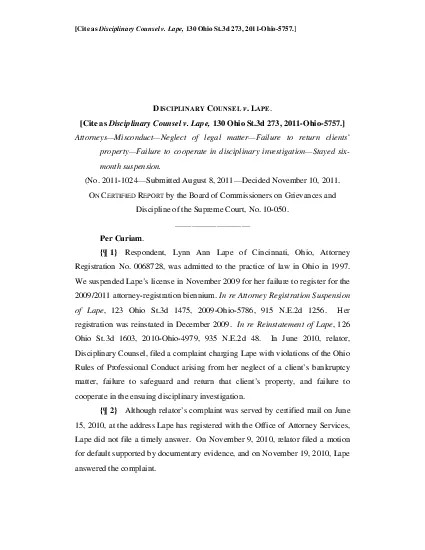
![[DOWNLOAD] - How to Succeed in High School and Prep for College: Book 1 of How to Succeed](https://thumbs.docslides.com/903284/download-how-to-succeed-in-high-school-and-prep-for-college-book-1-of-how-to-succeed-in-high-school-college-and-beyond-college.jpg)
![[EPUB] - How to Succeed in High School and Prep for College: Book 1 of How to Succeed](https://thumbs.docslides.com/907142/epub-how-to-succeed-in-high-school-and-prep-for-college-book-1-of-how-to-succeed-in-high-school-college-and-beyond-college.jpg)